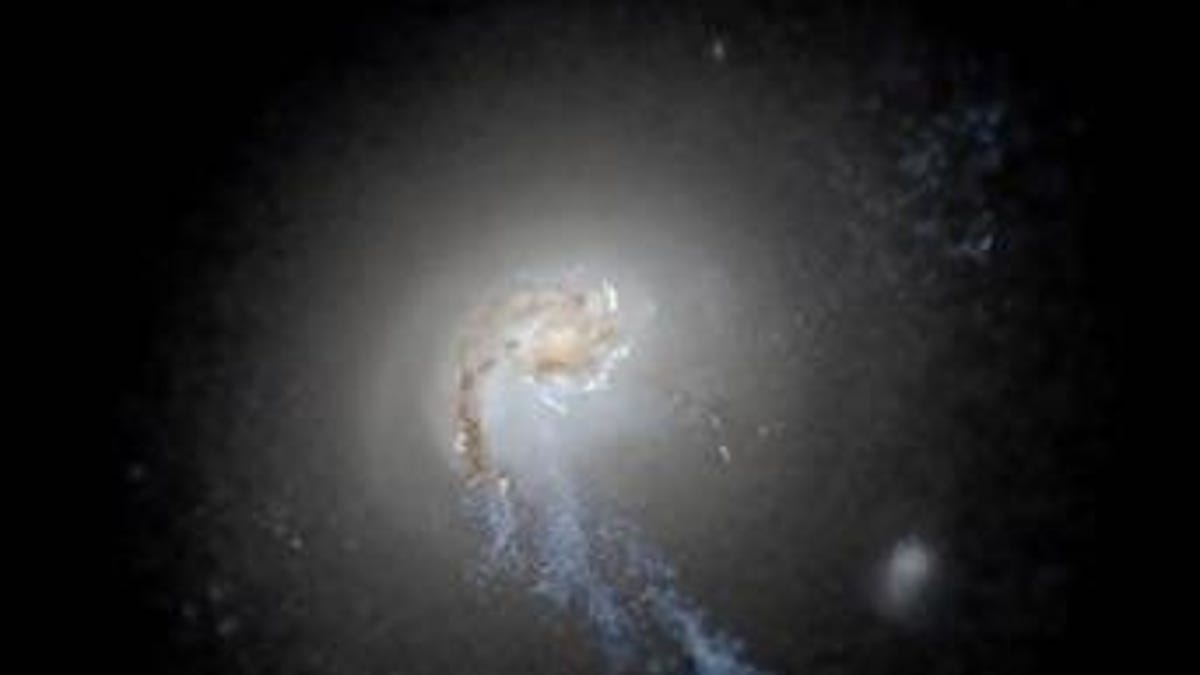Milky Way could be blasting stars into far reaches of the galaxy
Simulations suggest clusters of supernova -- explosions from dying stars -- can create a scattering of hot suns in the outer reaches of the Milky Way.
In an era of social distancing, it turns out even our twisted home galaxy, the Milky Way, is following suit, catapulting its stars farther away from the center.
A study, published Monday in the Monthly Notices of the Royal Astronomical Society, demonstrated how hyper-realistic cosmological simulations were used as a base for scientists from the University of California, Irvine, to show how clusters of supernova -- explosions from dying stars -- can create a scattering of hot suns in the outer reaches of the Milky Way.
Enabled by the Feedback in Realistic Environments 2 (FIRE-2) project, these simulations not only illustrate plumes of stars as they've been flung from the center of the Milky Way, but also demonstrate how the galaxy may be evolving and expanding.
"The FIRE-2 simulations allow us to generate movies that make it seem as though you're observing a real galaxy," said Sijie Yu, lead author of the study, in a press release. "They show us that as the galaxy center is rotating, a bubble driven by supernova feedback is developing with stars forming at its edge. It looks as though the stars are being kicked out from the center."
The team suggest supernova feedback could account for around 40% of the stars in the furthest reaches of the Milky Way, known as the outer halo. The findings from the FIRE-2 simulations support existing observational evidence suggesting stars are not just moving, but forming as they get booted from the center of the galaxy.
"In plots that compare data from the European Space Agency's Gaia mission -- which provides a 3D velocity chart of stars in the Milky Way -- with other maps that show stellar density and metallicity, we can see structures similar to those produced by outflow stars in our simulations," said Yu.
According to senior author James Bullock, "these highly accurate numerical simulations have shown us that it's likely the Milky Way has been launching stars in circumgalactic space in outflows triggered by supernova explosions."
So it's entirely feasible that the Milky Way has been catapulting its stars out in "starbursting" events for longer than we realize.


